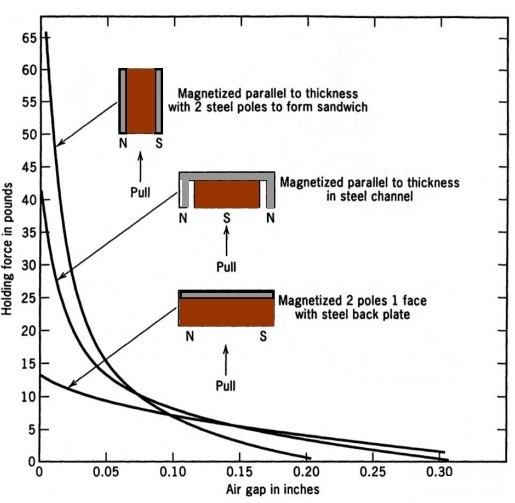Magnetism is a fascinating force that has been harnessed for various applications, from simple refrigerator magnets to complex industrial machinery. One of the most intriguing aspects of magnets is their ability to attract and repel based on their poles. This principle is utilized in numerous devices, such as magnetic holders, magnetic connectors, magnetic separators, and magnetic drive devices.
Measuring Magnetic Force
The force exerted by a magnet, often referred to as its “pull strength,” can be calculated. There’s a formula to help with this, but it’s essential to note that the formula assumes ideal conditions. This means a uniform magnetic field distribution, high magnetic permeability of the attracted material, and sufficient thickness and contact area. The formula is:
\(F(N)=\frac {2 \times S(m^2) \times B(T)^2}{u0}\)where
F is the force in Newtons,
S represents the contact area,
B is the magnetic flux density in the gap,
μ0 is the permeability of free space, a constant approximately equal to 4π×10−7.
Boosting Magnetic Attraction
From the formula, it’s evident that the magnetic force is directly proportional to the contact area and the magnetic flux density. Here are two primary ways to enhance the pull strength of a magnet:
Increase the Contact Area: The attracted material should at least cover the magnet’s contact surface. If possible, increasing the thickness of the attracted material can also boost the magnetic force. For instance, when a magnet attracts a metal plate, the larger the plate’s area, the stronger the attraction. However, after a certain point, increasing the plate’s size or thickness might not yield any further increase in attraction.

Enhance Magnetic Flux Density: When the contact area remains constant, increasing the magnetic flux density can significantly boost the magnet’s pull strength. One effective method is by using multi-pole magnetization, which can effectively reduce stray magnetic fields. Magnetic simulations show that when a magnet is magnetized with multiple poles, stray fields are significantly reduced, and a large portion of the magnetic lines of force form a closed loop within the attracted material.

From magnetic simulation diagrams(see below), it’s evident that when magnets are charged with a bipolar configuration, there’s a significant reduction in stray magnetic fields. A large portion of the magnetic force lines form a closed loop within the attracted metal piece.
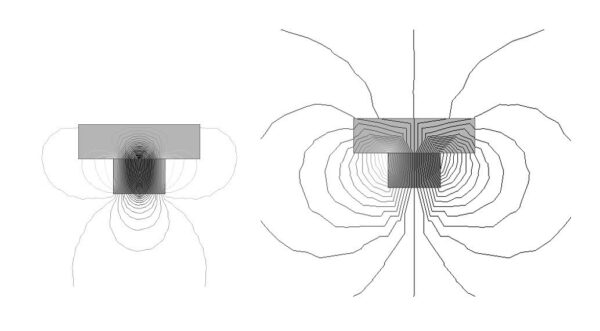
If the number of poles on the magnet is further increased and a magnetic guide plate is added to the bottom of the magnet, the stray magnetic fields decrease even more, enhancing the magnetic attraction.
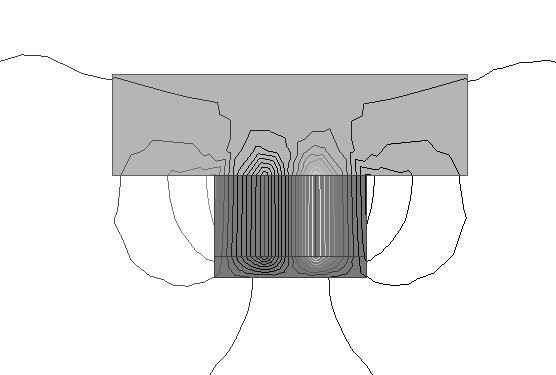
Modern Magnetic Designs
The current trend in magnetic device design focuses on maximizing magnetic field utilization. This is achieved through multi-pole magnetic pathways or Halbach array designs, or by guiding the magnetic field using materials with high magnetic permeability. This ensures that most of the magnetic field passes through the attracted material, forming a closed magnetic loop. Common applications include rubber magnetic sheets with multi-pole magnetization and door catch magnets that utilize a guiding plate to maximize magnetic field utilization.

Typical applications include:
Flexible Magnets: These are designed with multi-level magnetization. Some have multi-poles on both sides, while others have them on one side. Despite the inherently low magnetic properties of rubber magnets, the multi-pole design ensures a dense distribution of the magnetic field on the surface, resulting in minimal stray fields and effective attraction.
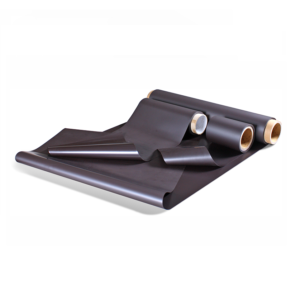
Magnetic Door Catches: Guided by a magnetic plate, these devices ensure that the magnetic path is almost entirely formed from the attracted material. This results in a high utilization rate of the magnetic field. Even a small magnetic catch (some made of ferrite) can produce a substantial attraction force upon direct contact.
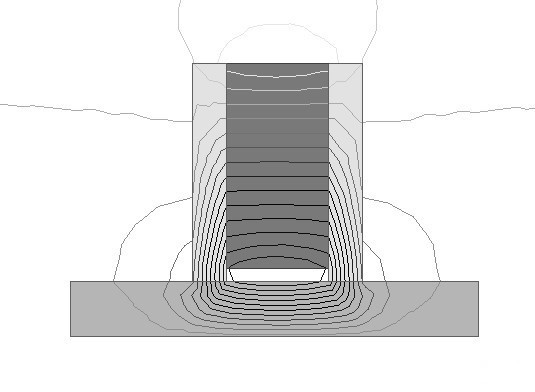

Design considerations for magnetic devices also factor in the gap between the magnet and the attracted material. The attraction force can vary significantly with changing gaps. As seen in some typical single magnet devices, the more poles a magnetic component has, the stronger the attraction force at zero gap. However, as the gap increases, the force diminishes more rapidly.
